All photos in the above section Copyright Finzi Photography, 2014 - All Rights Reserved A Few of Italy's Most Beautiful Fountains There are wonderful fountains all over Italy in large cities and small villages. Some are amazing feats of engineering, many contain world class sculptures, while others display the talents of their architects. Some have become day to day hangouts for the locals, to sit, gossip or have a gelato. Others are objects of art that are treasured by the world. Still others are monumental in scale and in legend... Here are a few:
On the grounds of The Royal Palace of Caserta in Caserta, southern Italy, is one of the most magnificent sculptural cascade fountains in all of Europe--La Fontana di Diana. It was palace was constructed for the Bourbon kings of Naples. It was the largest palace and one of the largest buildings erected in Europe during the 18th century.
The Trevi Fountain is a fountain in Rome was designed by Italian architect Nicola Salvi and completed by Pietro Bracci in 1732. Standing 86 ft high and 161 wide, it is the largest Baroque fountain in Rome and perhaps the most famous fountain in the world. Taming of the waters is the theme of the sculptures assembled on the fountain... with Oceanus riding a shell chariot pulled by hippocamps (sea horses). In the niches flanking Oceanus, Abundance spills water from her urn and Salubrity holds a cup from which a snake drinks. Above, bas reliefs illustrate the Roman origin of the aqueducts in which a virgin discovered a new source of water which caused a new aqueduct to be built bringing the water to the spot where Trevi sits today.
The fountain was brought to worldwide attention when the film Three Coins in the Fountain was released in 1954. The story centered on the legend that if you toss a coin into the fountain with your right hand, over your left shoulder, while standing backwards, you will return to Rome someday. Originally, it was said that a thirst quenching glass of water from the Trevi Fountain would ensure good fortune and a fast return to the Eternal City. It gained more romantic popularity in 1960 with Federico Fellini's film, La Dolce Vita when Anita Ekberg and Marcello Mastroianni broke the rules and wet their passions in the fountain. Each night, the Roman Catholic charity Caritas collects the coins from the fountain, donating the cash to charities around the world. They collect well over $3000 a night from the fountain.
0 Comments
Your comment will be posted after it is approved.
Leave a Reply. |
Categories
All
Archive
June 2024
|


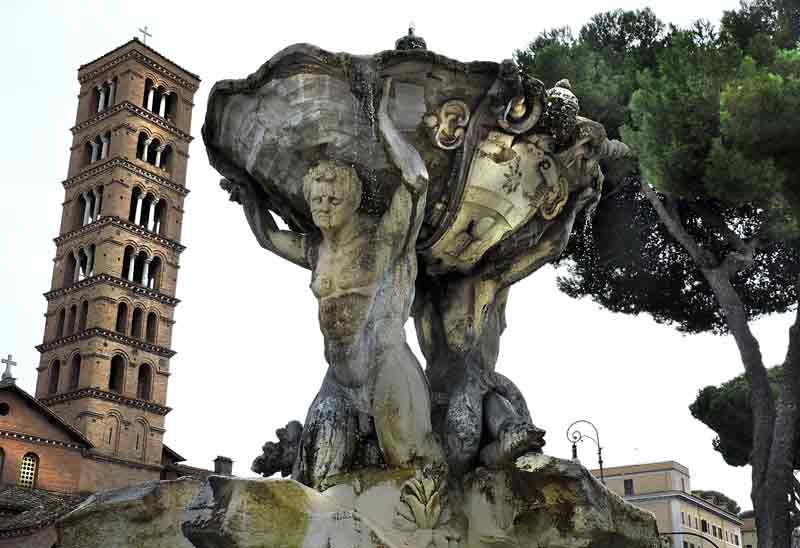
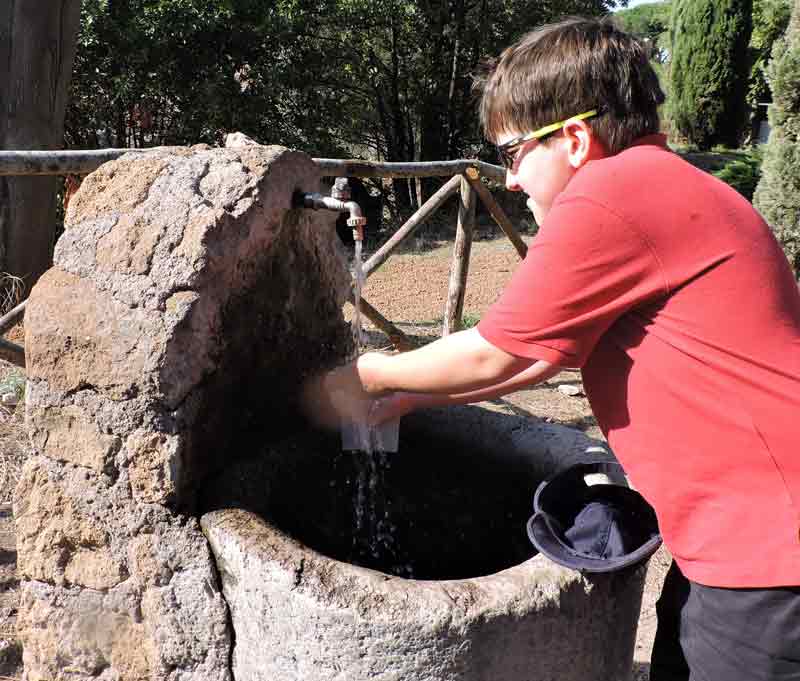
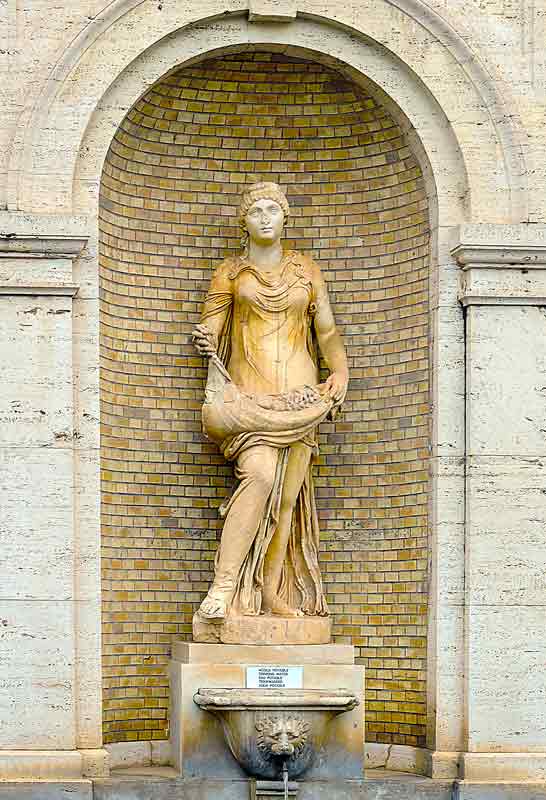
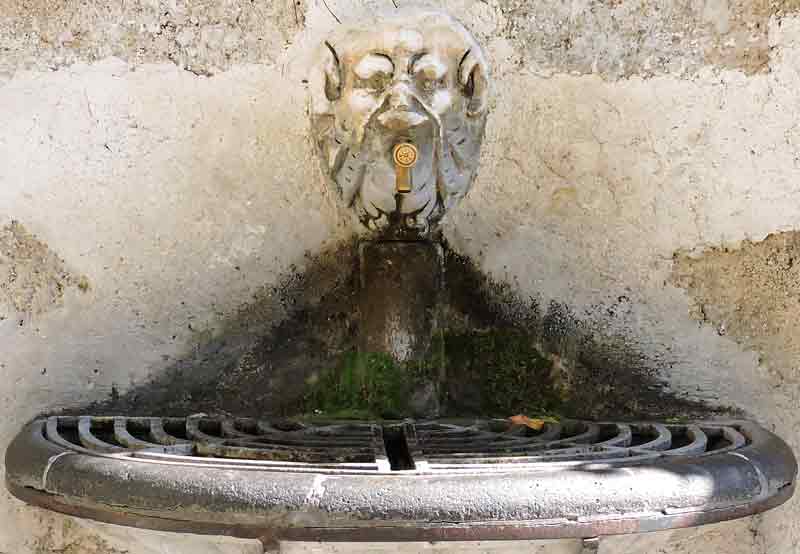
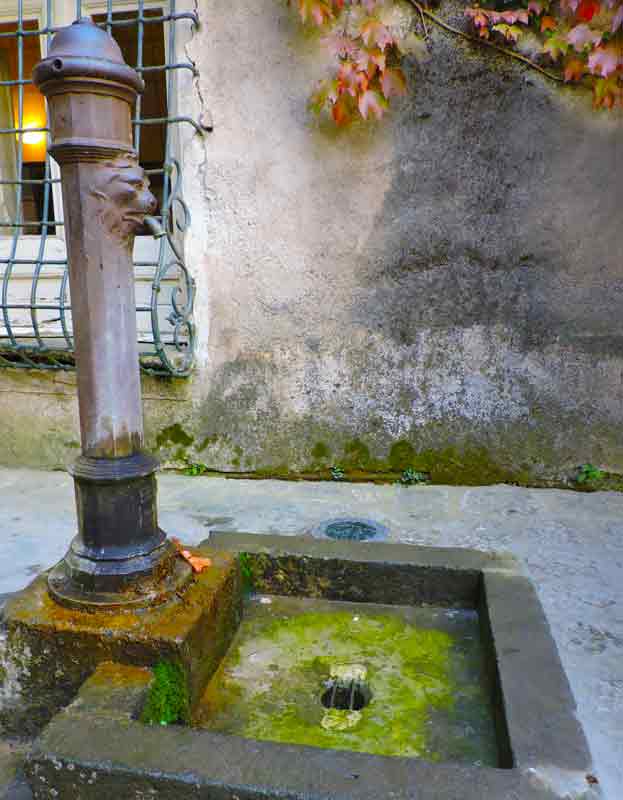
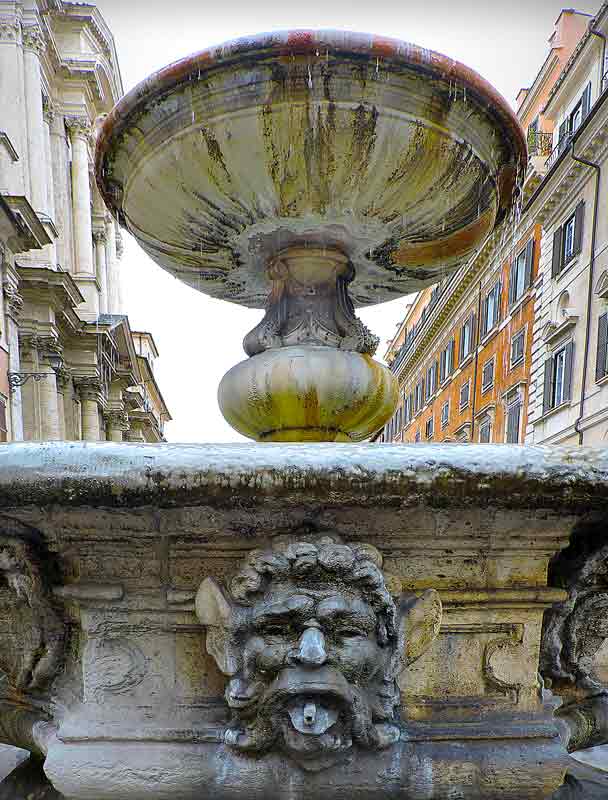
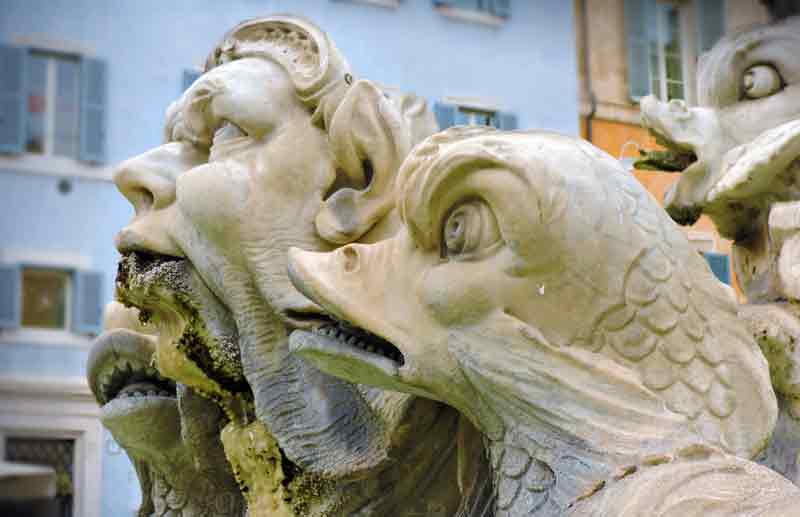
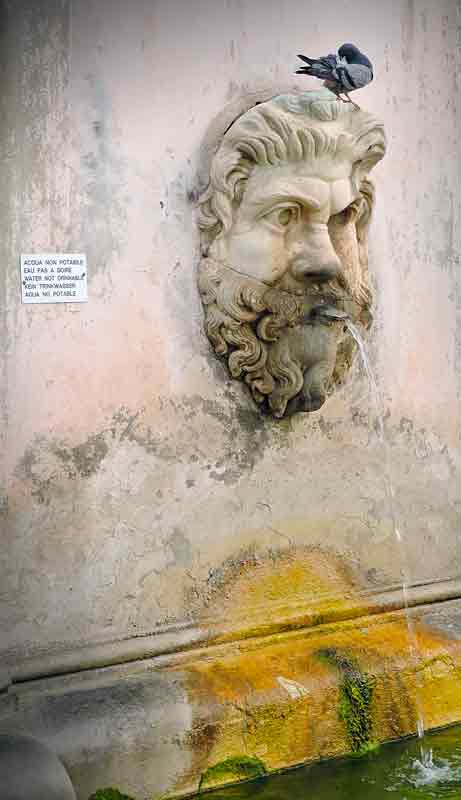
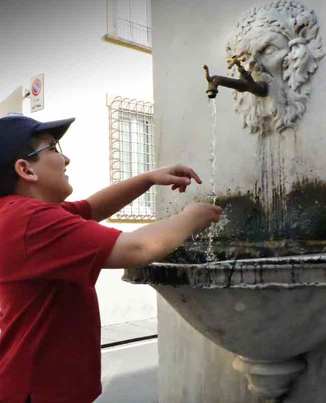
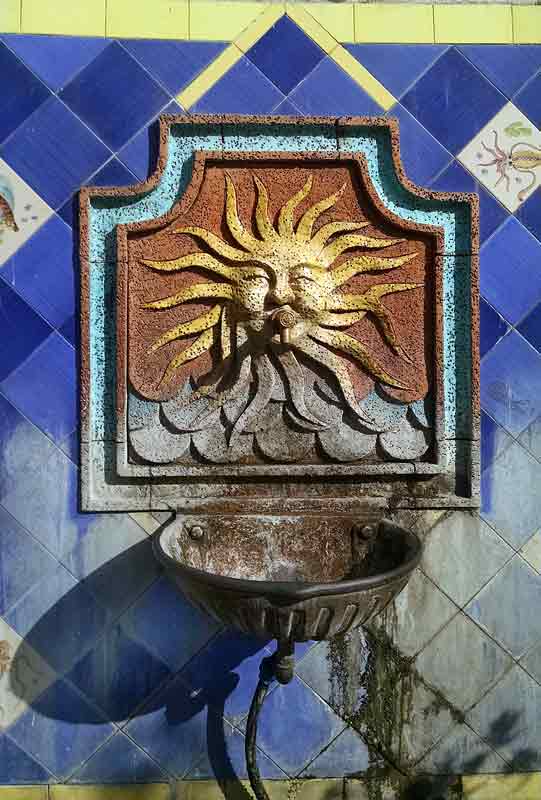
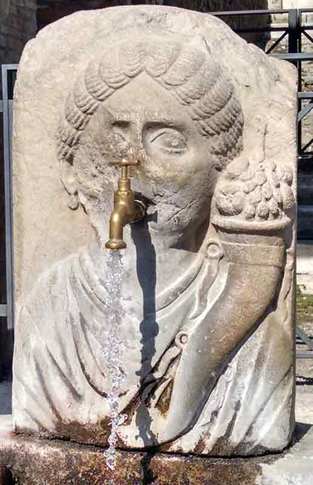
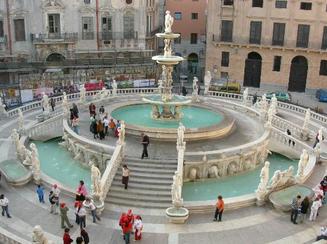
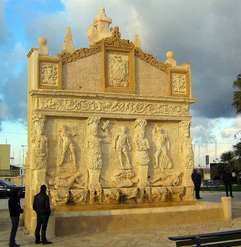
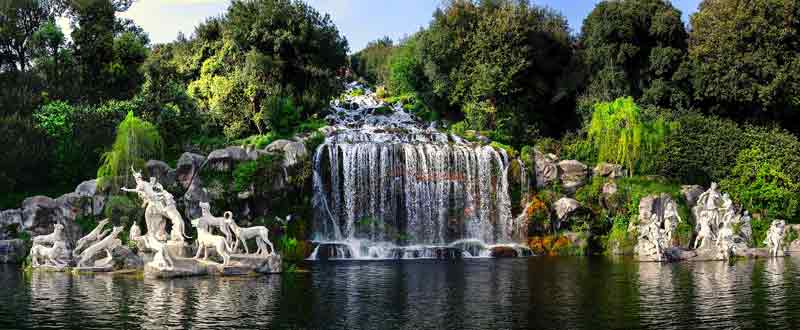
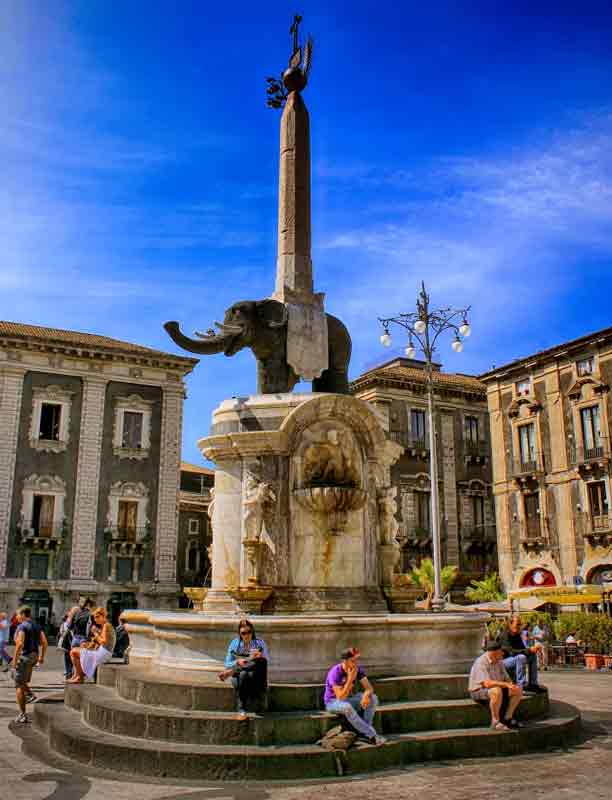
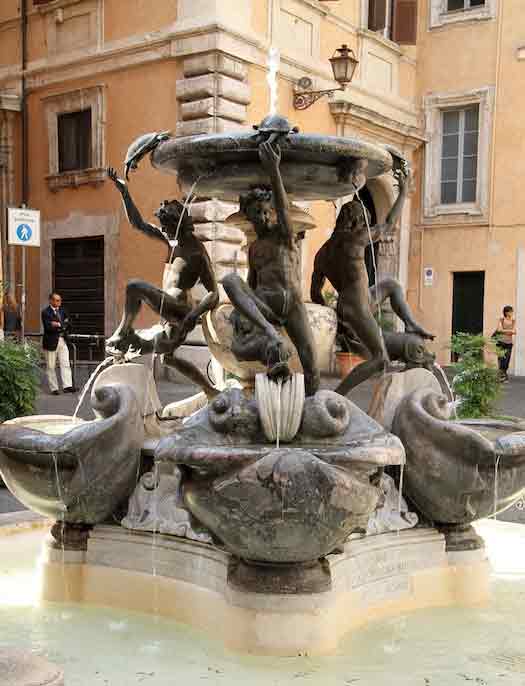
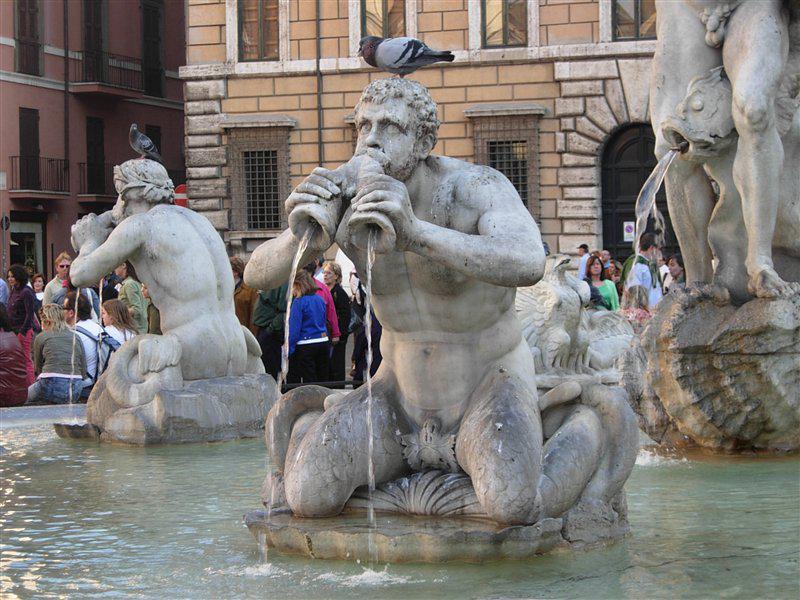
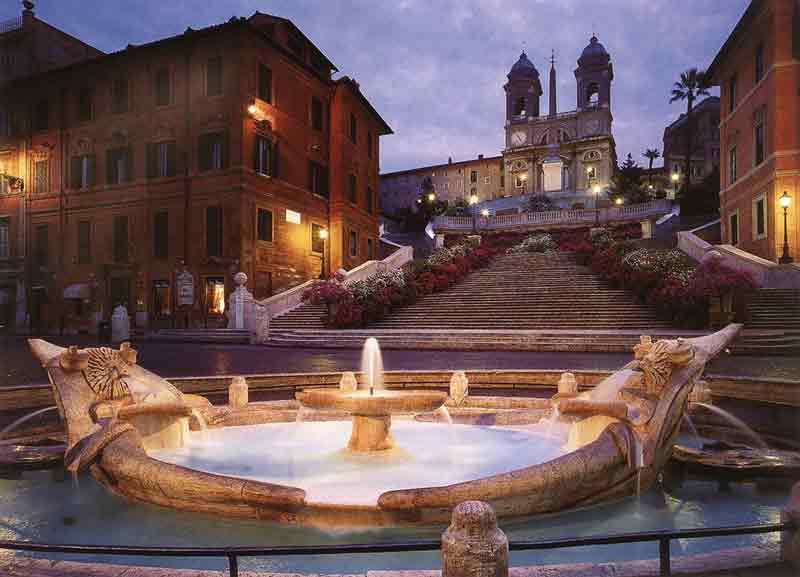
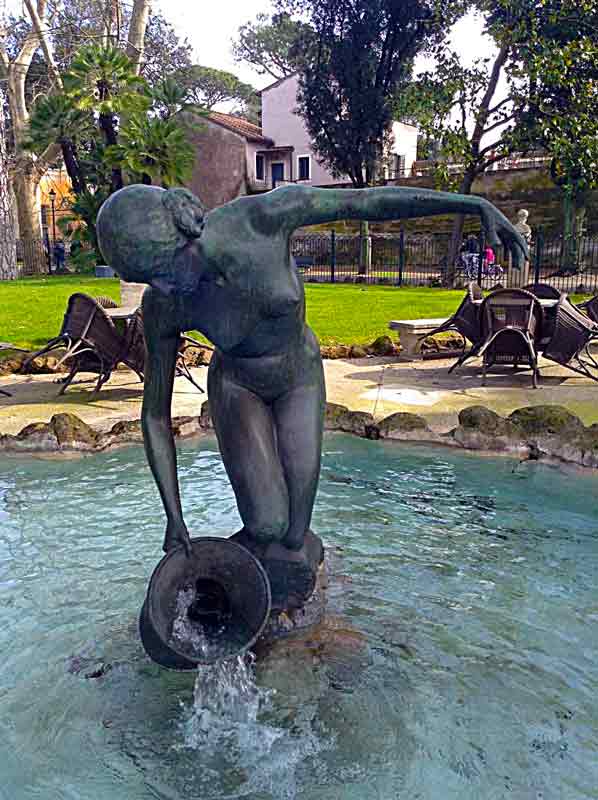
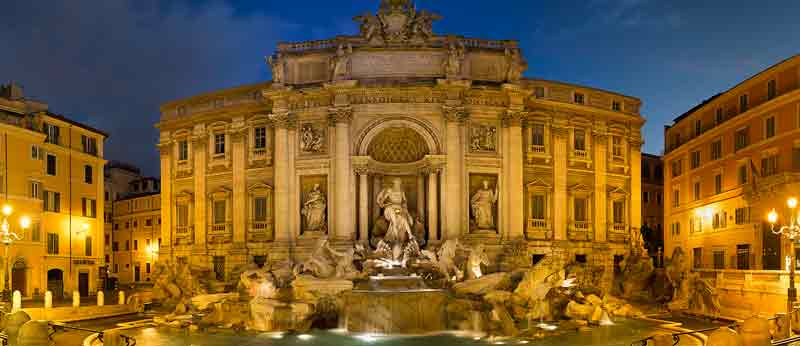
 RSS Feed
RSS Feed
